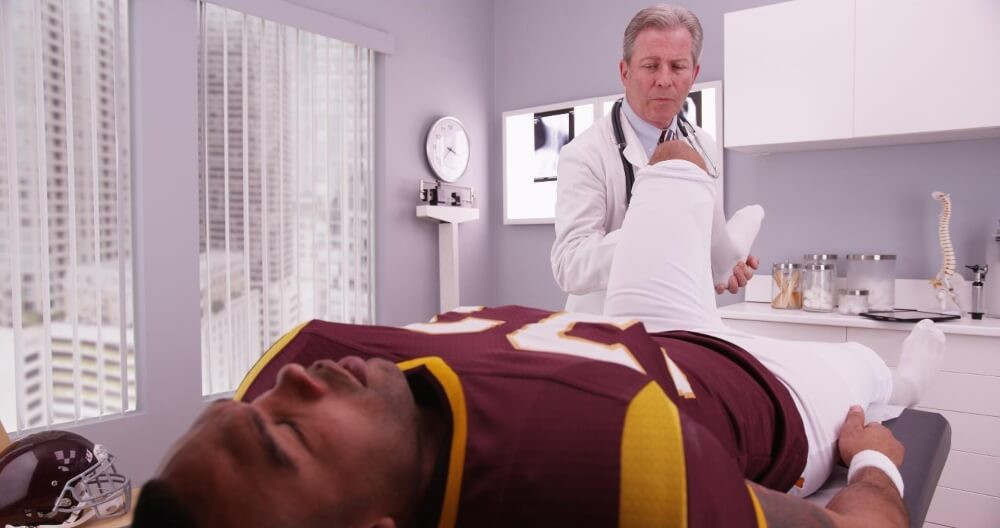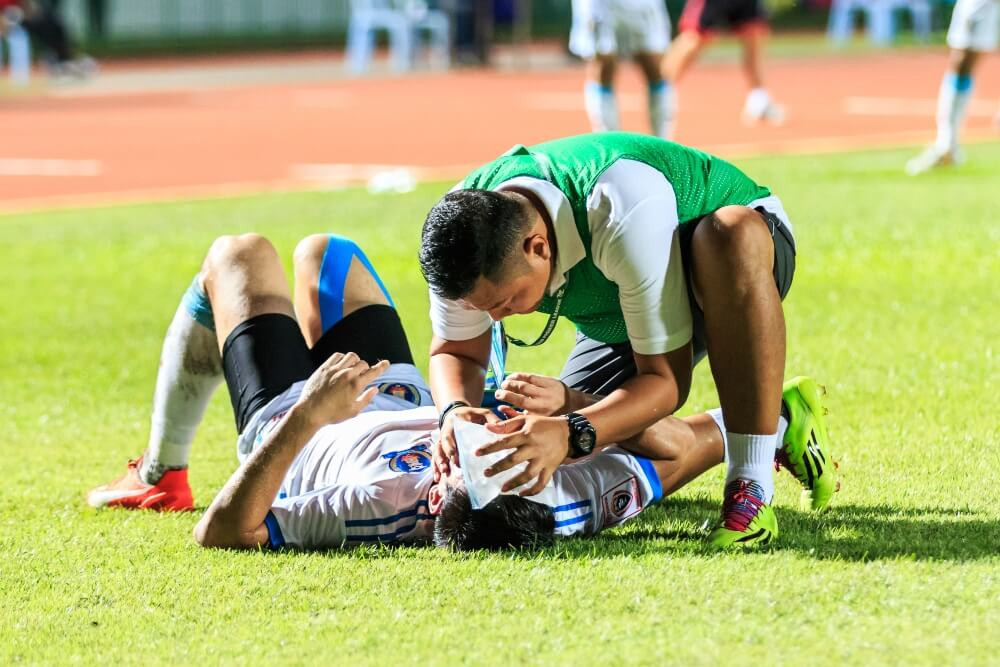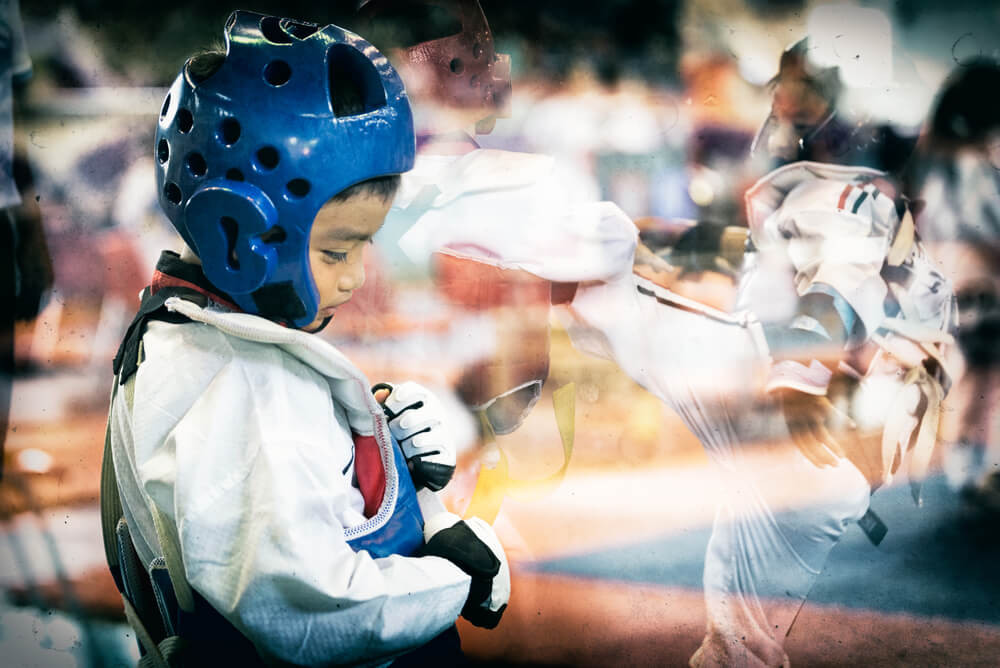Health, Concussion
Welcome and thanks for visiting...

Does Previous Concussion Put You at Risk for Injury?

Concussion is a hot topic and prevention of concussion is one of the hottest topics in sports medicine. There is a lot of great information out there about concussion as well as some preventative techniques that can be deployed to reduce risk for injury. But what is not discussed is if you have had a concussion, does this put you at greater risk for a lower limb injury? Before I give you that answer, I first want to give you some history.
In the mid-2000s (2005-2008), we started to track concussion as a part of the demographic information we would get from athletes when we would do our movement assessments during mass pre-participation physicals and in our research. One of the things that we started to see early on was a link between concussion and lower limb injuries. What we were seeing is that athletes who had one or more concussions were typically reporting multiple ankle, knee, hip and low back injuries.
At the same time, when we tested these athletes in single limb performance, there movement was very different than those athletes who had no history of concussion. Sadly, we did not just see this with one athlete, but 1000s. Now that we have done over 20,000 athletes, we have identified trends with those who have had a previous history of concussion. Before I get into that, let get into some of the research we have seen since we first started to identify this.
One of the first and largest studies that we did in 2014 -2016 included a Division I college. This included doing our movement assessment with football, soccer and volleyball. Based on the athlete’s performance on the movement assessment, we assigned them to a series of exercises (ACL Play It Safe) which they did all season long. What we found when we reassessed these athletes was there was an average of a 44 point improvement on the test. What this meant was the athletes were moving a lot better. We also saw a dramatic decrease in injuries (52.4%) with this improvement in their movement. One completely unexpected result was a 44% decrease in concussion. Personally, I thought this had to be a fluke. Maybe it was just a coincidence. However, what we found in our soccer players is that we were also seeing a decrease in concussion rate. How is this possible?
Ironically at this same time, there were more studies coming out tying concussion to lower limb injury risk. One of the first studies we saw (Howell et al Am J Sports Med 2015) showed that athletes who suffered a concussion had alterations in their gait up to 2 months post-concussion. What this study showed is that athletes who have had a concussion have a larger displacement of their center of mass (COM) with walking. What this means is there was much more trunk swaying back and forth throughout the walking cycle.
This is bad for a couple of reasons. One is this is much less efficient and requires more energy. This would or could impact endurance since the athlete would burn more energy per mile walked than if they did not do this.
Secondly, this ends up loading structures in a way they are not meant to be loaded. This means this can lead to over working some muscles, increasing strain to certain joints and reduce the strength or power that the athlete would normally have. Finally, if this is present with walking, the thought is that this would increase as you increase cadence or go from walking to running. But why is this the case? We have some insight to this that we will share later.
The next year another great study was published (Brooks et al Am J Sports Med 2016). Brooks looked at Division I athletes across multiple sports (soccer, basketball, hockey, football, etc) over a 4-year period. What they found is that athletes who suffered a concussion were 2.48 times greater risk of lower limb injury once they returned to play after the primary concussion. This was one of the first studies that showed a correlation of concussion to lower limb injury. This also reconfirmed what we were seeing in our data, that there is something here.
For coaches, parents and athletes, this should not be discouraging. Rather, you should feel good that we have identified this. Frankly, this risk has been there since the first recorded concussion. Now we know that it exists, we can do something about it. The first step in being able to do something about it is knowing why and how we address. Over the course of the next couple of weeks, we will dive into this in much more depth.
In the next article, we will begin to look at the impact of concussion on performance and movement. From this, we can talk about some simple screens we can do with athletes to reduce risk for concussion as well what training we can add to our athletes that impacts risk. Stay Tuned!
Does Previous Concussion Put You at Risk for Injury? - Part II
Does Previous Concussion Put You at Risk for Injury? - Part III
Does Previous Concussion Put You at Risk for Injury? - Part IV
Does Previous Concussion Put You at Risk for Injury? - Part V





